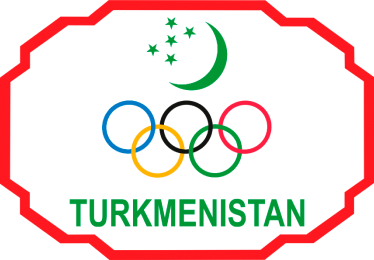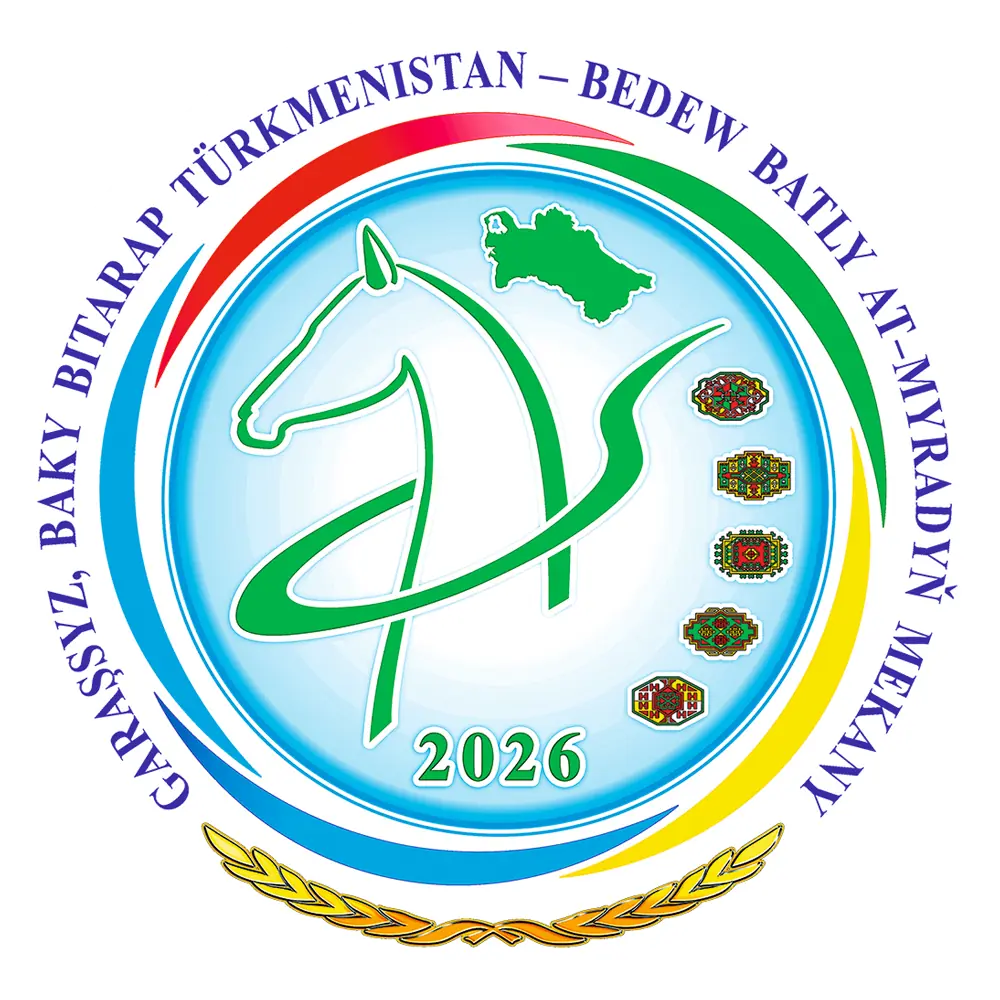RECORDS TUMBLE
Beijing was the Games of records and superlatives. The Opening Ceremony was unforgettable; the athletes’ achievements were astonishing, the organisation was excellent; the venues breathtaking and the anti-doping tests were stricter. Several hundred million watched worldwide on TV as more than 40 world records and over 130 Olympic records were broken.
MODERN AND ANCIENT
The National Stadium, nick-named the “Bird’s Nest”, and the National Swimming Centre, known as the “Water Cube”, were both stunning symbols of the new Beijing. In cycling, the road race followed the Great Wall and passed in front of the “Forbidden City” - two symbols of the thousand-year-old history of the city.
FIRST MEDALS
A record 204 National Olympic Committees took part in the Games. Tajikistan, Afghanistan, Mauritius and Togo all experienced podium finishes for the first time. However Mongolia and Panama managed to go one better with their athletes bringing home their country’s first Olympic gold.
MEMORABLE CHAMPIONS
There were many memorable champions but it was Michael Phelps and Usain Bolt who stole the headlines. Phenomenal US swimmer Michael Phelps bettered Mark Spitz’s achievement at the 1972 Munich Games by claiming eight swimming golds and the incredible Jamaican sprinter Usain Bolt broke both the 100m and 200m world records and claimed a third gold and record with the Jamaican 4 x 100m relay team.
NOCs: 204
Athletes: 10,942 (4,637 women, 6,305 men)
Events: 302
Volunteers: 100,000 (70,000 Olympic Games, 30,000 Paralympic Games)
Media: 24,562 accredited media representing 159 countries







